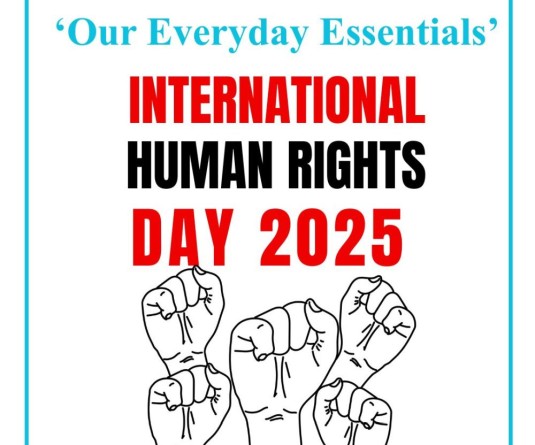
Y Merina Chishi
Dimapur | November 21
Little Siddharth has stopped going to school while Budheswar Das (names changed) has to toil hard as a daily laborer to earn bread for his five-member family. Sad but true, they are development-induced displacement people who have lost their land and forced to live a life of misery. The total number of displaced people in India is approximately 16 million, with tribals accounting for 40%, SC 20% and OBC 20%.
The NE region, backward and with little development has the highest number of displaced people. Experts are alarmed over the fact that in only four states of the region, more than 40 lakh persons have been displaced since independence although the state says that the number is fewer than eight lakhs. Mizoram, Tripura and Meghalaya accounts for about 5-6 lakh displaced people and it is increasing at a disturbing pace. In the NE region, 60% of the displaced people are tribal and Tripura accounts for about 14,000 of the total. It is predicted that Arunachal Pradesh will witness extensive displacement due to construction of hydro-powered dams in the near future.
In Nagaland, the Doyang Hydro project has already displaced thousands of people from the Lotha community. These were some of the findings of a study conducted on development-induced displacement and rehabilitation in the North under the North Eastern Research Centre (NESRC), an NGO here. NESRC director Dr Walter Fernandes says it is alarming the way the concern states underestimated the extent of land-use and subsequent displacement by development projects.
Although governments in some states like Orissa and Bihar have rehabilitated such populations, the condition in the NE region is next to nothing. Rehabilitation of these victims has been all but non-existent leading to impoverishment of displaced persons as a consequence. Due to the governments’ disregard for these people, most have become bonded laborers, daily wage earners and many have pulled their children out of school. Some women have turned to flesh trade, a sign of earning income by any means and a direct repercussion on the social setup. There are some NGOs in other parts of the country that work for the welfare of these displaced people but in the NE region yet again, it is negligible. Dr. Fernandes says, “only in these last ten years have NGO’s been taking up this issue.” This problem is just getting bigger and it is going to have untold consequences, given that even with little development the condition is frightening.
With inputs from PTI



.jpg)


